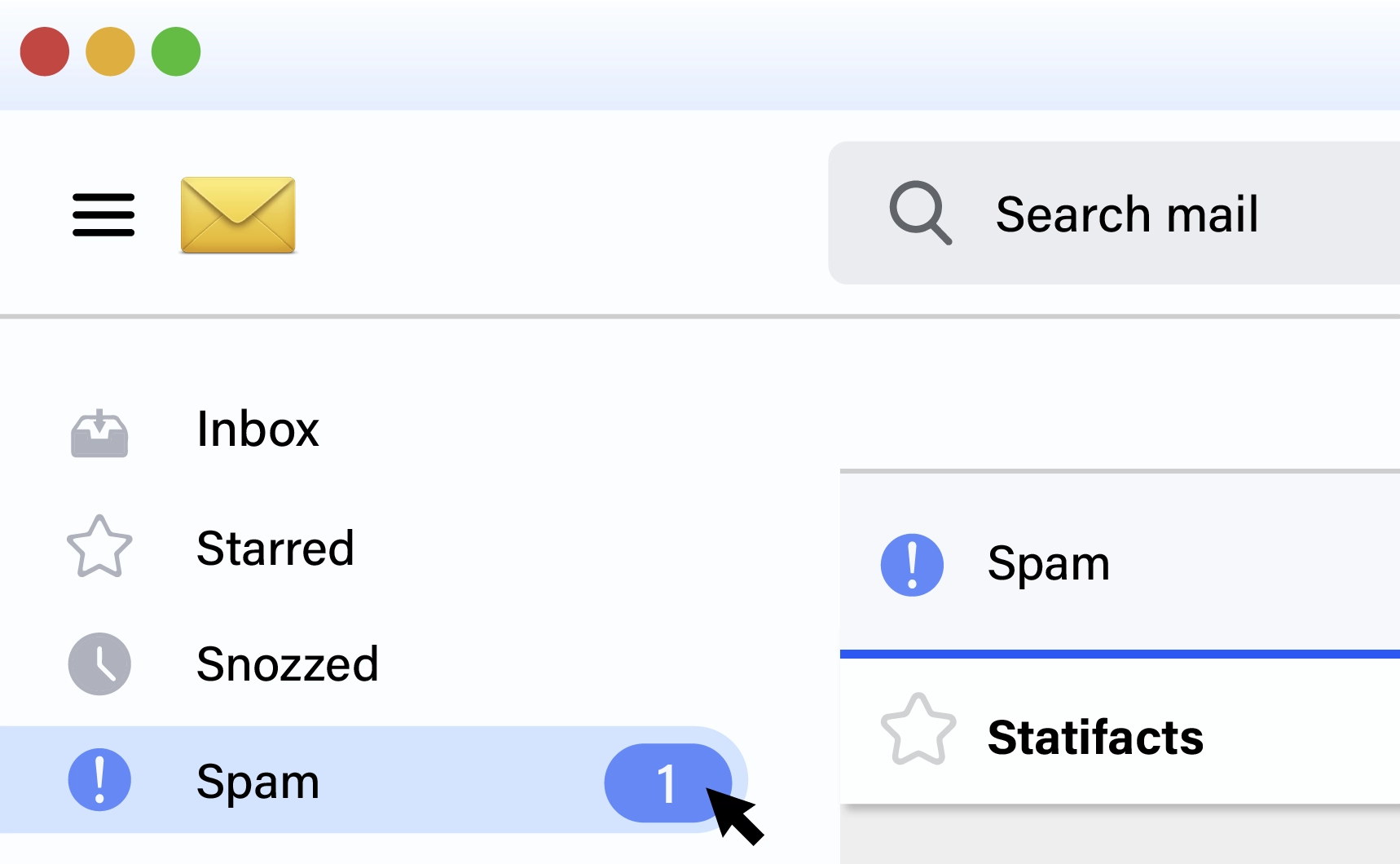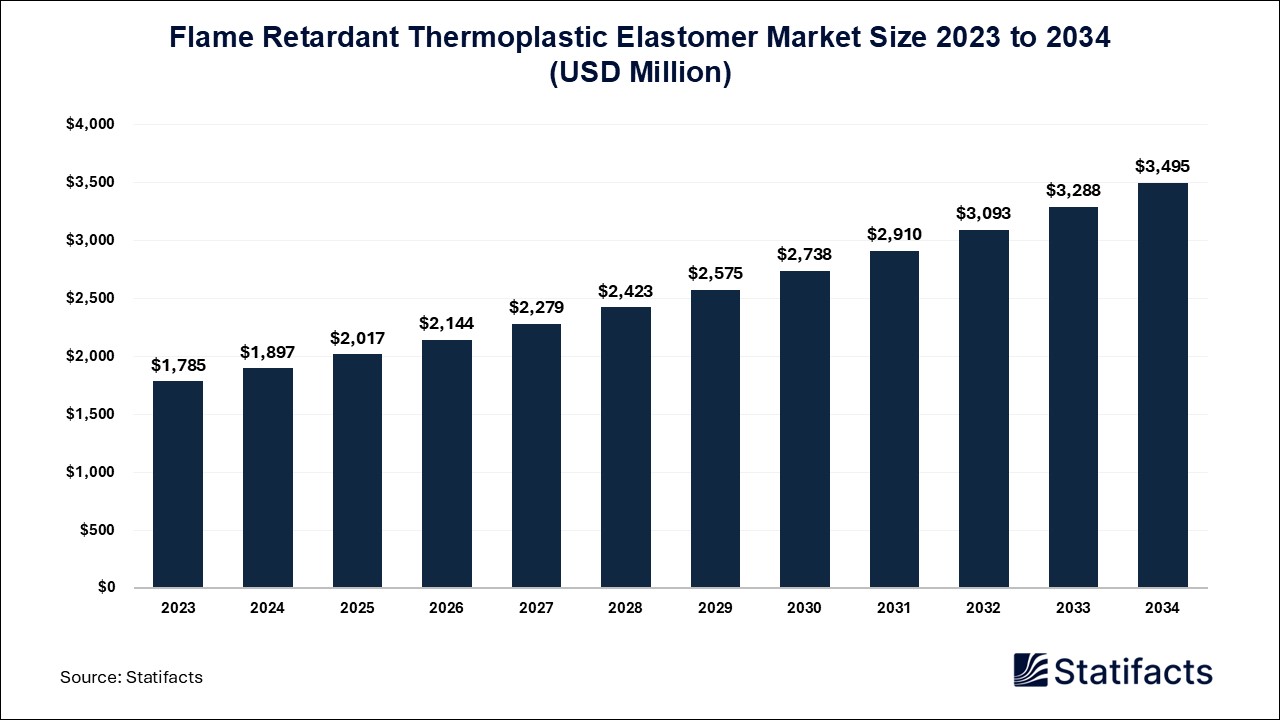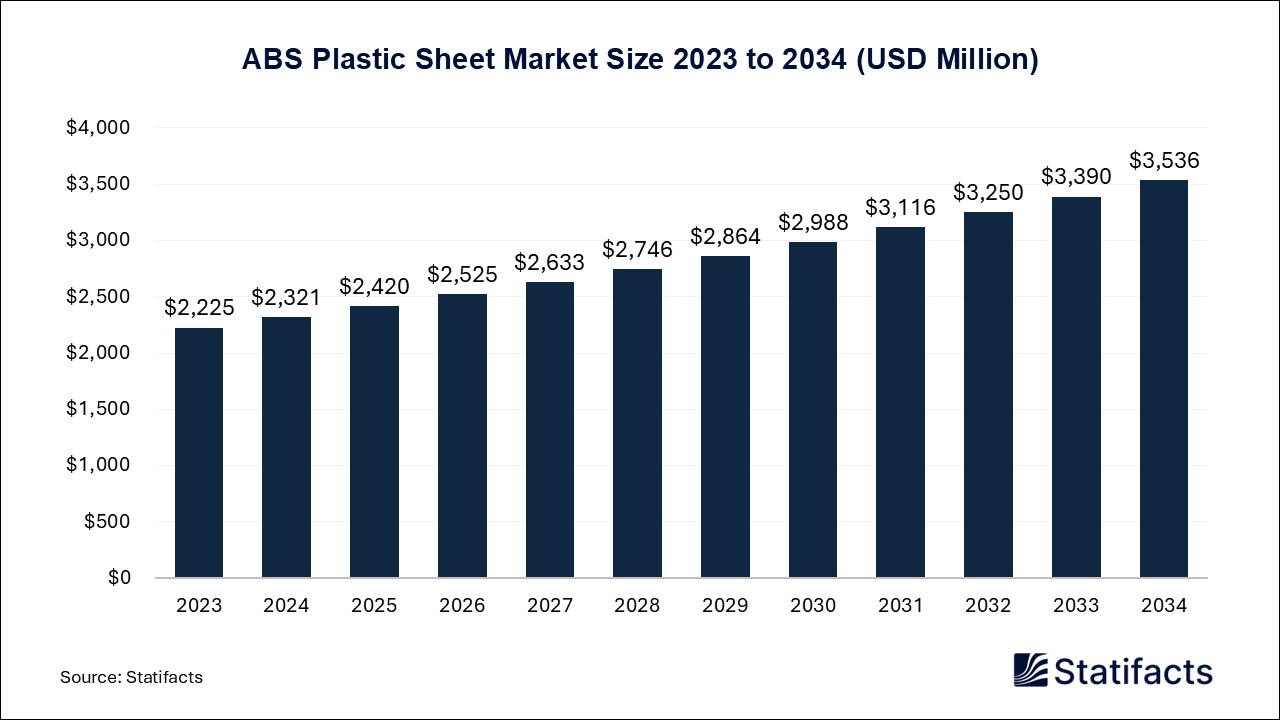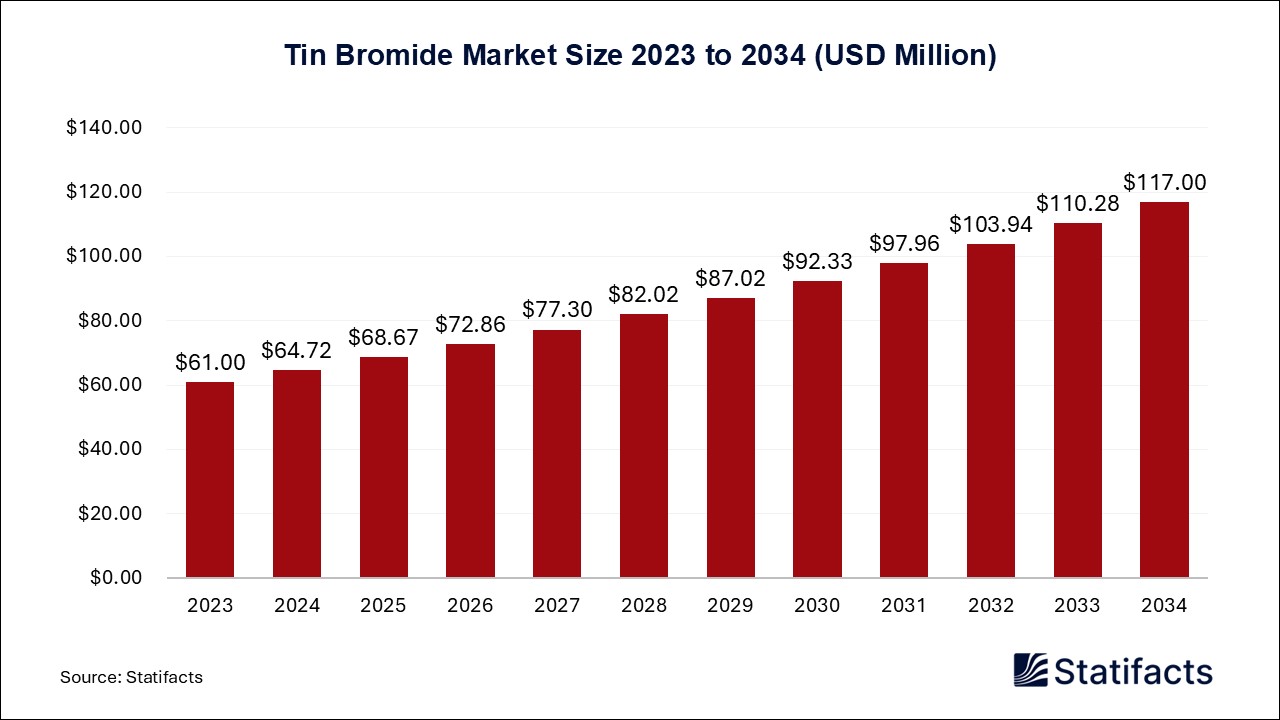Last Updated: 04 Jun 2025
Source: Statifacts
By clicking “Accept All Cookies” you agree to the storing of cookies on your device to enhance site navigation, analyze site usage, and assist in our marketing efforts.
Privacy PolicyThe U.S. immunohematology market size surpassed USD 853.1 million in 2024 and is predicted to reach around USD 1,143.1 million by 2034, registering a CAGR of 2.96% from 2025 to 2034.
| Industry Worth | Details |
| Market Size in 2025 | USD 875.2 Million |
| Market Size by 2034 | USD 1143.1 Million |
| Market Growth Rate from 2025 to 2034 | CAGR of 2.96% |
Immunohematology is the branch of immunology that deals with the immunologic properties of blood. Immunology is the study of RBC antigens and antibodies associated with blood transfusions. There are more than 230 antigen types present on the surface of RBCs that based on their chemical structure, can be grouped into two major categories polypeptides and carbohydrates. The primary indication of immunohematological testing in prenatal patient is to detect and identify maternal red cell antibodies. The U.S. immunohematology market growth is driven by technological innovation in immunohematology, rise in number of blood donation awareness programs in developing countries, and rising prevalence rate of many hematological disorders.
The U.S. immunohematology market applications include if there are antibodies that are expected to haemolyze the foetus’ red cells, their strength of reactivity must be tested and foetus’ antigen status determined. In immunohematology, many tests are done including direct coombs test, cross match by tube and gel card method, Rh factor discrepancies, forward and reverse grouping, peripheral smear, complete blood count, and blood grouping and cross match.
Published by Kesiya Chacko
Last Updated: 04 Jun 2025
Source: Statifacts
Last Updated: 04 Jun 2025
Source: Statifacts
| Subsegment | 2024 | 2025 | 2026 | 2027 | 2028 | 2029 | 2030 | 2031 | 2032 | 2033 | 2034 |
|---|---|---|---|---|---|---|---|---|---|---|---|
| Biochips | 98.50 | 102.50 | 106.70 | 111.20 | 115.90 | 120.90 | 126.30 | 132.00 | 138.00 | 144.40 | 150.50 |
| Gel Cards | 254.40 | 261.70 | 269.40 | 277.50 | 286.20 | 295.40 | 305.10 | 315.50 | 326.40 | 338.10 | 349.30 |
| Microplates | 131.50 | 134.70 | 138.20 | 141.90 | 145.70 | 149.90 | 154.30 | 158.90 | 163.80 | 169.10 | 174.10 |
| PCR | 322.40 | 329.30 | 336.60 | 344.40 | 352.70 | 361.50 | 370.80 | 380.70 | 391.20 | 402.40 | 413.10 |
| Erythrocyte-Magnetized Technology | 46.40 | 47.10 | 47.90 | 48.70 | 49.60 | 50.50 | 51.50 | 52.60 | 53.70 | 54.90 | 56.10 |
Last Updated: 04 Jun 2025
Source: Statifacts
| Subsegment | 2024 | 2025 | 2026 | 2027 | 2028 | 2029 | 2030 | 2031 | 2032 | 2033 | 2034 |
|---|---|---|---|---|---|---|---|---|---|---|---|
| Biochips | 98.50 | 102.50 | 106.70 | 111.20 | 115.90 | 120.90 | 126.30 | 132 | 138 | 144.40 | 150.50 |
| Gel Cards | 254.40 | 261.70 | 269.40 | 277.50 | 286.20 | 295.40 | 305.10 | 315.50 | 326.40 | 338.10 | 349.30 |
| Microplates | 131.50 | 134.70 | 138.20 | 141.90 | 145.70 | 149.90 | 154.30 | 158.90 | 163.80 | 169.10 | 174.10 |
| PCR | 322.40 | 329.30 | 336.60 | 344.40 | 352.70 | 361.50 | 370.80 | 380.70 | 391.20 | 402.40 | 413.10 |
| Erythrocyte-Magnetized Technology | 46.40 | 47.10 | 47.90 | 48.70 | 49.60 | 50.50 | 51.50 | 52.60 | 53.70 | 54.90 | 56.10 |
To get full access to our Market Insights, you need a Professional Account or a Business Suite.

You will receive an email from our Business Development Manager. Please be sure to check your SPAM/JUNK folder too.

You will receive an email from our Business Development Manager. Please be sure to check your SPAM/JUNK folder too.

Our customers work more efficiently and benefit from



